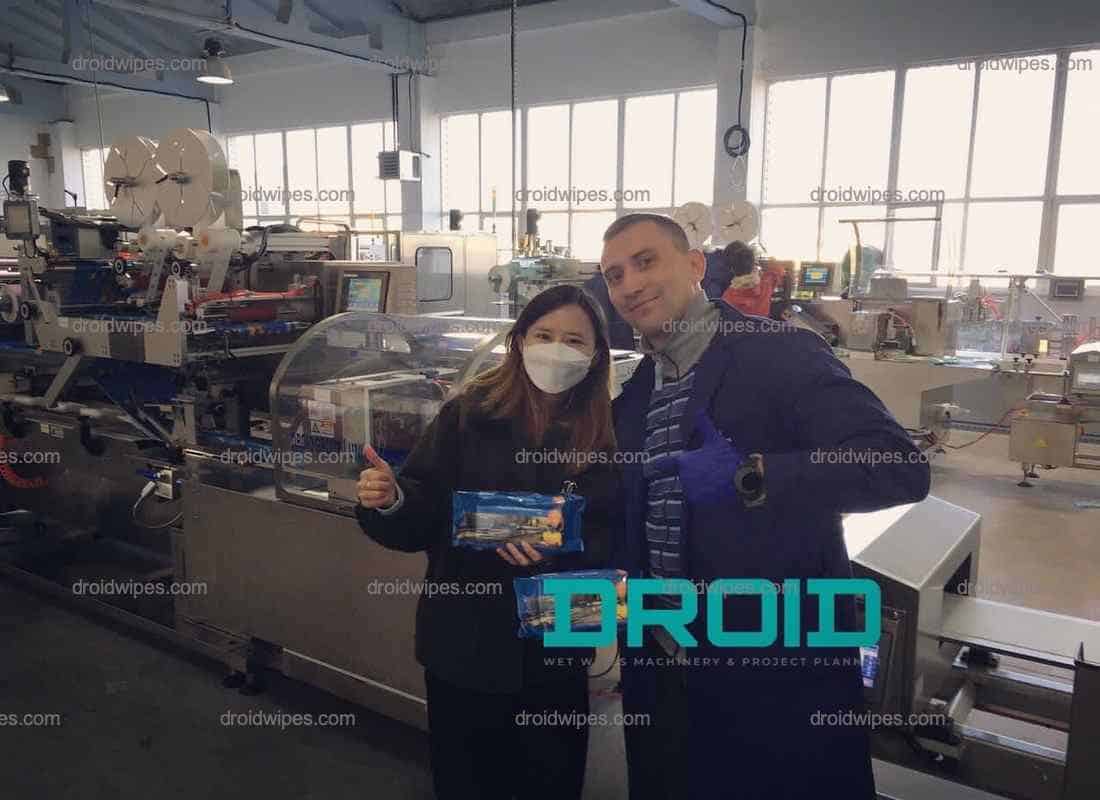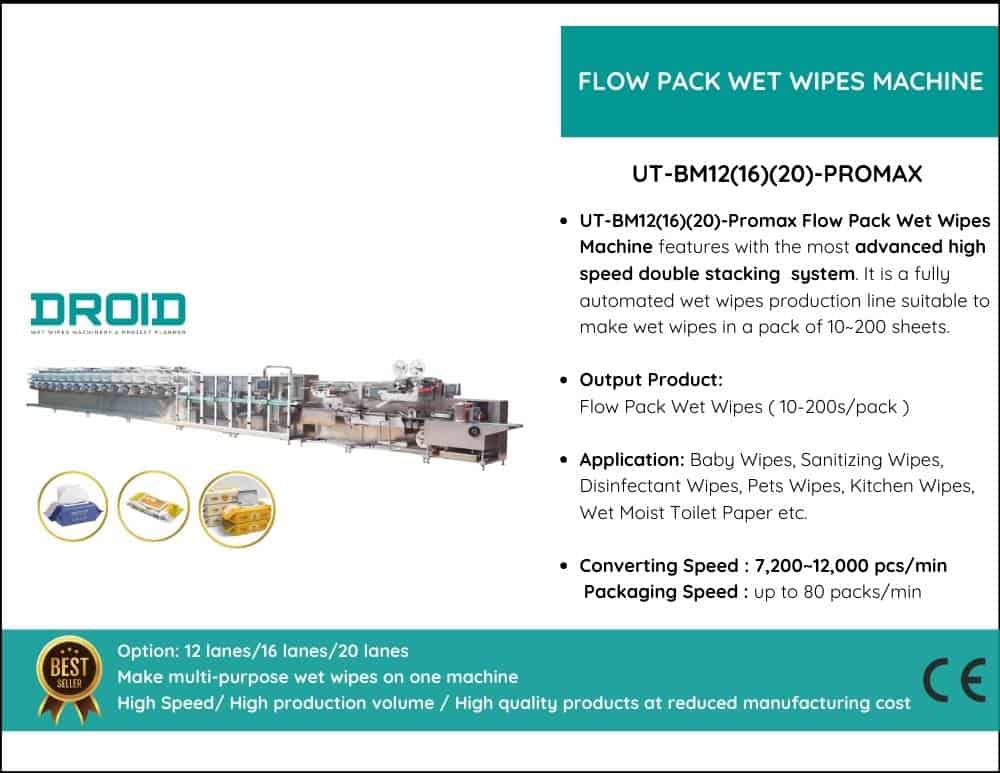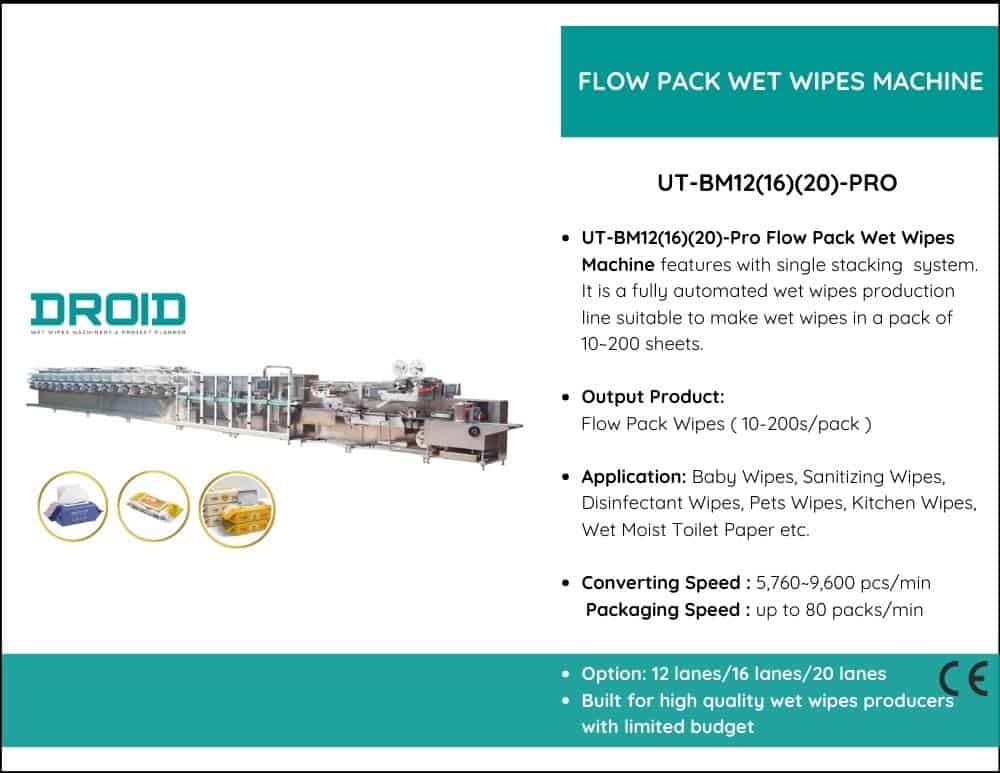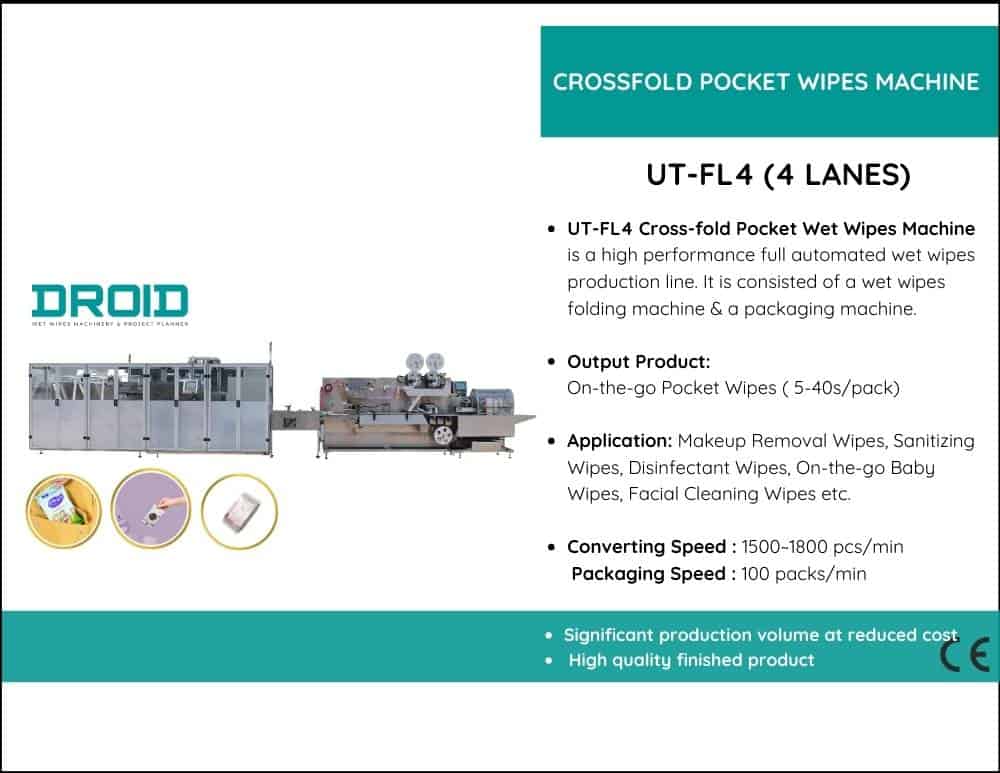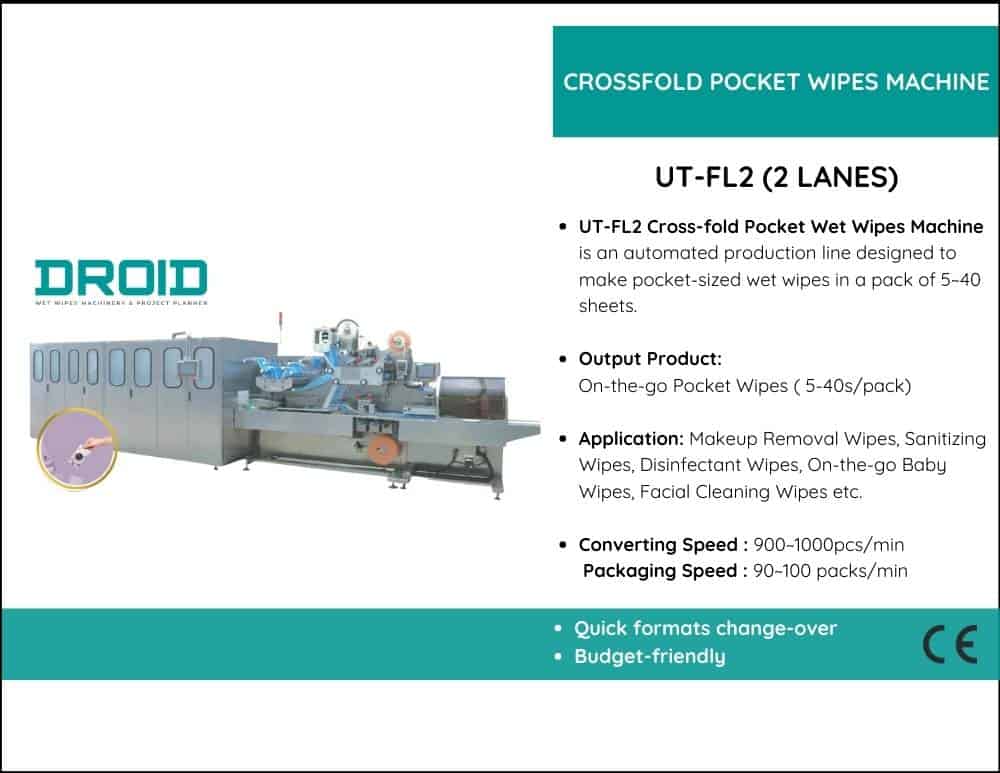Production lines for traditional wet wipes often required large, intricate setups that were difficult to modify once they were in place. Compact and adaptable machine designs that optimize efficiency now, while allowing for future improvements, are what manufacturers are relying on in 2025.
Compact machines are particularly advantageous for small to mid-sized businesses, as they save valuable production floor space. They are designed to provide high-speed performance while maintaining stringent sanitary requirements, with a smaller footprint. This enables companies to increase output without having to make expensive facility or expansion investments.
Modules, however, are the true game-changer. When new technology or packaging trends emerge, manufacturers may replace specific components of a line, such as folding units, sealing modules, or palletizing systems, rather than overhauling the entire line. For instance, as demand increases, a manufacturer might incorporate robotic palletizers or eco-packaging modules after initially implementing a semi-automatic arrangement.
This adaptable strategy lowers capital costs, increases machine longevity, and promotes a circular economy by reducing equipment waste. Additionally, it helps companies remain flexible in a rapidly evolving market due to the frequent introduction of new fabric types, eco-liquids, and packaging standards.
In summary, small and modular designs guarantee that wet wipes machines are a long-term investment rather than a one-time purchase. They enable firms to swiftly adapt, develop sustainably, and maintain their competitiveness long after 2025.





